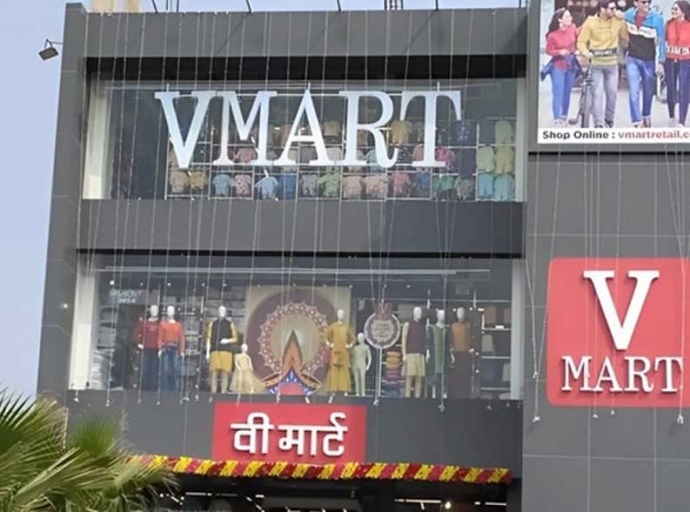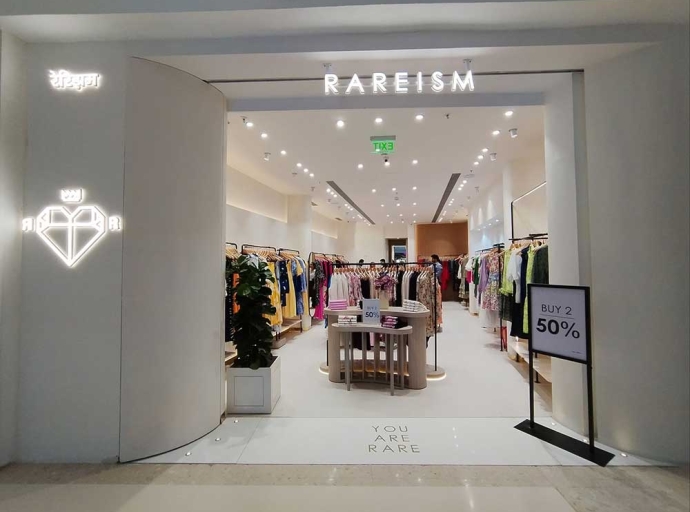06 February 2025, Mumbai
The Indian fashion and apparel sector finds itself at a fascinating crossroads. The allure of discounts and deals has undeniably reshaped consumer behavior. Here is a look at the evolving dynamics of brand loyalty, the impact of discounting, and the strategies brands employ to navigate this complex landscape.
The rise of the value-conscious consumer
The narrative of Indian consumers solely driven by discounts is a simplification. While price sensitivity is a significant factor, especially in a diverse market like India, it's intertwined with other considerations. India is incredibly diverse and heterogeneous, with varying levels of affluence and exposure. However, a common thread is true value-consciousness regardless of the product category.
This value consciousness is further increased by the rise of e-commerce and the ‘deal-seeking’ behavior it has fostered. Over 60 per cent of Indian shoppers actively compare prices before making a purchase. This aligns with a broader global trend of increased price transparency and consumer empowerment.
A closer look reveals the number of reasons, vary significantly across segments. Price sensitivity reigns supreme for value segment. Discounts and deals are primary purchase drivers, especially for frequently purchased items. Brand loyalty exists, but it's often contingent on perceived value for money and consistent quality at affordable prices. Consumers in this segment readily switch brands for better deals. In contrast, consumers in the premium segment prioritize quality, exclusivity, and brand image.
While discounts can be appealing, they are not the sole deciding factor. Brand loyalty is stronger, driven by emotional connection, aspirational value, and a superior product experience. These consumers are less susceptible to fleeting deals.
Fashion Guru
Table: Factors influencing purchase decisions in India
|
Factor
|
Importance level
|
|
Price/Discounts
|
High
|
|
Quality
|
High
|
|
Brand Reputation
|
Medium to High
|
|
Convenience
|
Medium to High
|
|
Emotional Connection
|
Medium
|
|
Sustainability
|
Growing
|
Join our group
The discount dilemma
Discounts are a double-edged sword. They attract immediate sales but can erode brand equity in the long run. The example of Zomato Gold illustrates how constant discounting can devalue a premium offering. This "short-term trap" forces brands into a cycle of price cuts, making it difficult to establish a strong brand identity and command premium prices. The fast fashion industry serves as a prime example.
Brands like Forever 21 and H&M, known for their frequent discounts, have faced challenges in maintaining profits and brand image. Indeed balancing short-term sales goals with long-term brand building is a key challenge for CMOs.
What’s more, in a market saturated with deals, brands are realizing the importance of emotional connection. This involves moving beyond transactional loyalty to cultivate a deeper relationship with consumers.
Their key strategies are storytelling for example, Amul's iconic ads demonstrate the power of storytelling in creating emotional bonds. And brands that champion social causes or sustainability resonate with increasingly conscious consumers. Mamaearth's focus on toxin-free products is a good example.
Also, AI-driven loyalty programs and personalized recommendations, like those used by Starbucks, enhance the customer experience. Fostering a sense of belonging and shared values can create brand advocates.
Interestingly, while urban consumers are increasingly deal-driven, brand loyalty remains stronger in smaller towns and cities. However, this is changing with increased digital penetration. And brands can leverage trust and familiarity to build a strong presence in these emerging markets.
Join our community
Sector-specific nuances
Menswear: While price sensitivity exists, men often prioritize fit, comfort, and durability. Brand loyalty can be strong for specific product categories (e.g., formal wear, sportswear) where fit and quality are paramount. Discounts are effective for driving sales of seasonal or trendy items.
Womenswear: This sector is heavily influenced by trends and fashion cycles. Consumers are more experimental and open to trying new brands. Discounts are highly effective in driving purchases, particularly for fast fashion and trend-driven items. Building brand loyalty requires constant innovation, personalized recommendations, and a robust online presence.
Kidswear: Comfort, safety, and durability are primary concerns for parents. Brand loyalty is often driven by trust in brands that consistently deliver on these factors. Discounts are attractive, especially for rapidly growing children who require frequent clothing replacements. Character licensing and collaborations can effectively attract this segment.
Table: Consumer preferences by segment and sector
|
Segment
|
Sector
|
Key purchase drivers
|
Brand loyalty drivers
|
Discount sensitivity
|
|
Value
|
Menswear
|
Price, Fit, Durability
|
Value for money, Consistency
|
High
|
|
Value
|
Womenswear
|
Price, Trends, Variety
|
Value for money, Availability
|
High
|
|
Value
|
Kidswear
|
Price, Comfort, Safety
|
Trust, Durability, Affordability
|
High
|
|
Premium
|
Menswear
|
Quality, Brand Image, Fit
|
Exclusivity, Craftsmanship, Service
|
Medium
|
|
Premium
|
Womenswear
|
Quality, Design, Brand Image
|
Exclusivity, Personalization, Experience
|
Medium
|
|
Premium
|
Kidswear
|
Quality, Safety, Brand Image
|
Trust, Organic Materials, Design
|
Medium
|
Note: This table is a generalized representation.
Visit for more
The balancing act for brands
Brands must adopt a segmented approach to effectively cater to the diverse needs and preferences of their target audience. This involves:
Tailored marketing strategies: Crafting marketing messages and campaigns that resonate with each specific segment and sector, considering their unique motivations and media consumption habits.
Pricing strategies: Developing pricing models that balance profitability with attracting value-conscious consumers. This may involve offering different product lines at varying price points.
Product differentiation: Offering product lines that cater to the specific needs and preferences of different segments, considering factors like style, fit, materials, and functionality.
Omnichannel presence: Building a strong presence across all relevant channels (online and offline) to reach consumers wherever they are, ensuring a seamless and consistent brand experience.
The future of the Indian fashion and apparel sector will be shaped by brands' ability to understand and adapt to the evolving needs of their diverse consumer base. By adopting a data-driven, customer-centric approach, brands can build sustainable businesses and cultivate lasting relationships with their customers.
The key lies in moving beyond a one-size-fits-all approach and embracing the nuances of the Indian market, recognizing the distinct needs and preferences of each segment and sector. Brands that can successfully navigate this complexity will be best positioned for long-term success.
Latest Fashion news





































